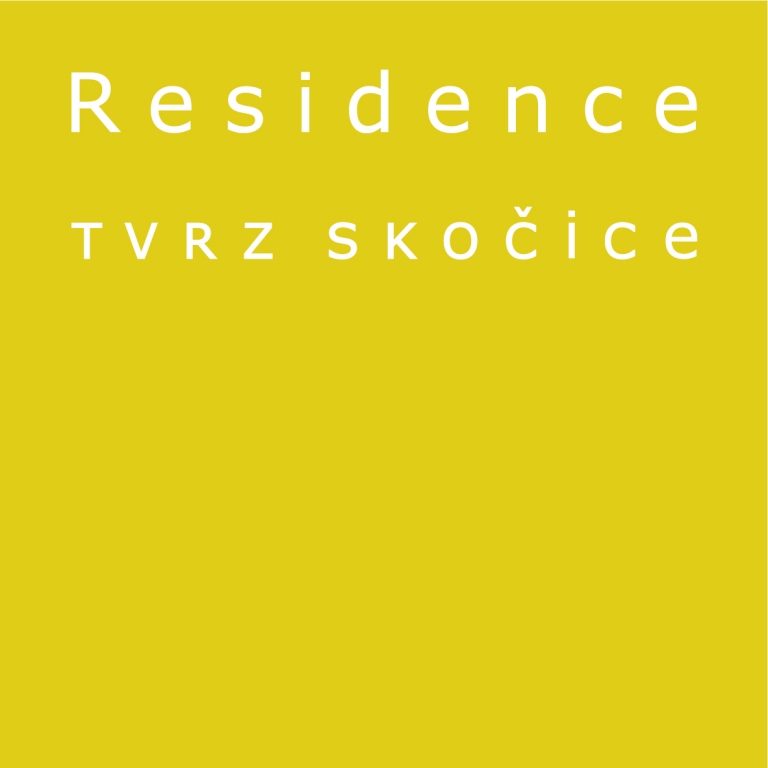Residence Tvrz Skočice Skočice 13, 387 75 Skočice
Activities in the vicinity
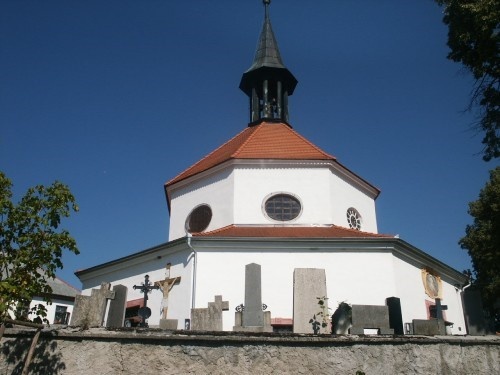
Municipality of Skočice
The Municipality of Skočice is found in the District of Strakonice in the South Bohemia Region, about 8 km north-west of Vodňany and 15 km south-east of Strakonice. Road I/22 that connects the stated towns runs through it. It has a population of 228. Southerly of the municipality is the Skočice Castle Nature Preserve that spreads around the 666 metre tall peak of the castle. The first written record of this municipality dates back to 1399. The origin of the name of this municipality is derived from Skok/Jump (ves lidí Skokových/a village of Jumping people).
The Pilgrimage church of The Visitation of the Virgin Mary - an early Baroque central building on an octagonal ground plan that was consecrated in 1678. I was built on the order of Polyxena Lidmila of Šternberk, born Žďárská of Žďár (+1691), for the pilgrimage painting of Our Lady of Help (a copy of the Passau painting). The painting was already in the chapel of the Skočice Stronghold in 1666, to where it was brought from the castle chapel in Nalžovy, Klatovy Region. Polyxena got it as a gift from her first husband Václav Ferdinand Švihovský of Riesenberg. The heraldry of the founders are above the church entrance - Polyxena Lidmila and her second husband Ignác Karel of Šternberk. The painting is located on the main altar and its copy is painted in a cartridge above the church entrance. When the manor was purchased by Count Ferdinand of Schwarzenberg in 1700, he took over the patronage over the church and had it equipped with additional altars and also had the outer octagonal cloister built; the initial project with 4 chapels and 4 entrances was designed by architect Pavel Ignác Bayer, but only two chapels were implemented, one of which is surviving (with the altar of St. John of Nepomuk), the St. Linhart altar was demolished during the expansion of the graveyard. In mid-18th century, an organ and the pulpit were procured, and two linden tree alleys were planted: to the Skočice Castle and to Drahonice. The crusades were painted according to the artwork of Josef Führich and just like the Holy Sepulcher, they are also from mid-19th century. The little church was repaired several times, the last time in the period 2000-2002. Until 1947, it was the venue of the pilgrimage on 2 July during the Feast of the Visitation, which was renewed after 1989. The church is administered from Vodňany.
Vicarage - a Baroque building from the 80s of the 18th century, which initially housed the Hospitallers on the ground floor and the Priest on the first floor.
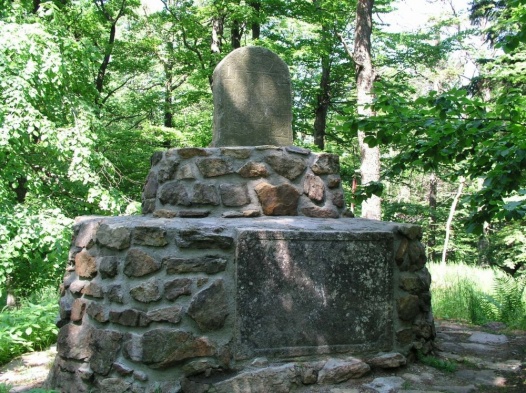
Skočice Castle
The Skočice Castle is a nature preserve under Ref. No 975, which is located near the Municipality of Skočice in the District of Strakonice. The reason for protection is the complex of relatively very natural forest vegetation in the upper section of the hill of the Skočice Castle. This location as the only one in the District of Strakonice has preserved the natural vegetation of the flowery beech forests of the sub-alliance (podsvaz) Eu–Fagenion. Valuable natural forest plants cover the western peak section (including the prehistoric hill fort) and the eastern culminating section. The flat ridges and more mild slopes of both peaks facing the east are mostly covered by deciduous plants with a dominance of beech with the character of acidophilic beeches to beech oaks with a transition to flowery beeches. The area is managed by the Nature Conservation Agency of the Czech Republic.
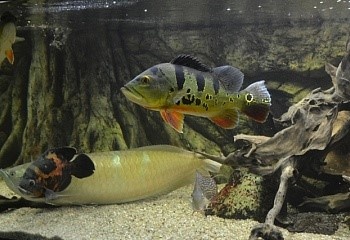
The Fishing Museum in Vodňany
The Fishing Museum in Vodňany is located at a straight-line distance of 6 km from the Municipality of Skočice.
Museum of the Vocational Fishing School inVodňany has two parts - aquaria with live fish and the historical part that documents the development of the individual areas of fishing. In the attic areas, the visitors will see aquatic organisms under the microscopes or programs on an interactive board. Further in the museum, you can see the stuffed animals or historical fishing accessories.
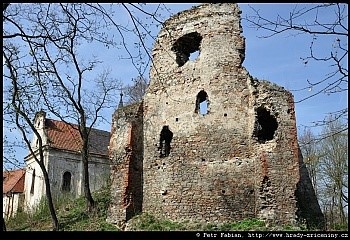
Střela Castle Ruins
The Střela castle ruins are located at a straight-line distance of 20 km from the Municipality of Skočice.
The Střela Castle Ruins are located on a hillock near a municipality of the same name, between Strakonice and Katovice, in the neighbourhood of the ruins of the chapel and the abndoned castle. The castle was built at a very strategic point probably before mid-13th century. First written mention comes from 1242 when Martin of Střela is commemorated. The owners of the castle quickly alternated.
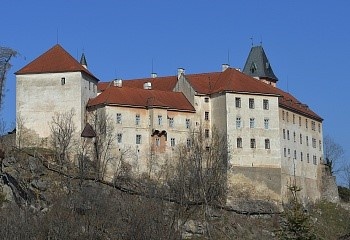
Vimperk Castle
The Vimperk Castle is located at a straight-line distance of 28 km from the Municipality of Skočice.
The Vimperk Castle was established in about mid-13th century most probably by King Přemysl Otakar II. as a sentry stronghold above the ancient trail leading from Bavaria to Bohemia. In the tumultuous 15th century, the Kaplirz of Sulewicz responded to the fortification works - the Haselburg Fort outpost was created and the castle is linked with the newly fortified town into a single properly defensible unit.
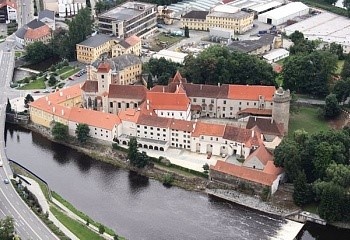
Strakonice Castle
The Strakonice Castle is located at a straight-line distance of 17 km from the Municipality of Skočice.
The isolated surviving castle stands in the South Bohemian town of Strakonice at the confluence of the gold-bearing Otava and Volyňka. The current complex comprises elements of Romance architecture, Gothic and the newest Renaissance and Baroque interventions. However, its austere medieval character has been retained for centuries.
The main fortifications were created in the first phase of construction (1220 to 1235), including the deep ditch on the southern and western side, the western part of the church with tower, the building of the cloister and palace in the chapter hall. The castle is unquestionably mentioned for the first time in 1235 in the document of Václav I. The semblance of the castle in mid-13th century is depicted by a further surviving document from 1243, in which Bavor of Strakonice endowed a church and house upon the knights of the Order of St. John of Jerusalem or the Hospitallers excluding the priest’s house. The given date is the official year of the Order’s arrival at the castle. Sine then the history of the order and the Strakonice Castle are linked for many centuries. In the period 1260 to 1280 during the reign of Bavor II., a new palace with a tower was built and the cloisters were vaulted. At the beginning of the 14th century, Zvíkov burgrave Bavor III. reconstructed the fortifications and transformed the initially prismatic tower into the current Rumpál (Gothic tower with a sharp edge).
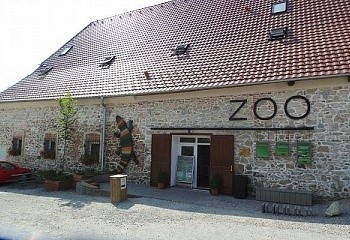
Protivín Crocodile Zoo
The Protivín Crocodile Zoo is located at a straight-line distance of 8 km from the Municipality of Skočice. The Protivín Crocodile Zoo was established on the basis of private breeding by the operator of this zoo, Miroslav Procházka. He was involved with crocodiles already in his youth at the Young Natural Scientists Station in Písek, where he obtained basic knowledge of crocodile breeding. He breeds them privately since 1996, nevertheless, he started building a complete collection of the crocodile species in year 2000. He is successfully breeding crocodiles since 2005.
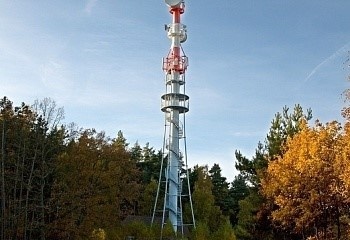
The Velký Kamýk Lookout Tower
The Velký Kamýk Lookout Tower is located at a straight-line distance of 14 km from the Municipality of Skočice. The Lookout Tower, is also used as a mobile operator’s tower and was made accessible in 2006 on the Velký Kamýk Hill (515 m) above the Municipality of Velké Nepodařice, about 8 km west of the town of Písek. The lookout platform of the lookout tower is at a height of 31 m and is accessed via a spiral staircase with 162 stairs.
From the lookout tower your get a view of Písek, the Písek Mountains, Brdy, Šumava and the Temelín Nuclear Power Plant. You can climb to the platform at own risk, but entrance is restricted to a maximum of 8 persons. The lookout tower is open all-year-round. The red tourist trail leads to the lookout tower.
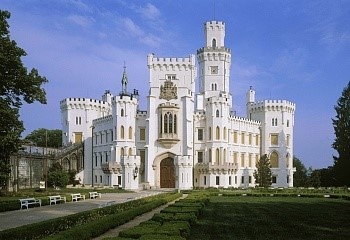
Hluboká nad Vltavou Château
The Hluboká nad Vltavou Château lies at a straight-line distance of 29 km from the Municipality of Skočice.
The state-owned Hluboká Château is by its size, character, collection of initial surviving furniture and extensive park is a significant Romantic complex in the European and world context.
The Hluboká Château was initially founded as a sentry castle in mid-13th century by the Bohemian kings and was often mortgaged as royal property. It was alternately held by several noble families. The most important include the Pernštejns, who established the nearby Bezdrev Fish Pond in 1490, which is the second biggest in Bohemia in terms of area.
The significant noble family of the Lords of Hradec acquired the Hluboká manor in 1561. Two years later, the new owners had the building of the initial Gothic château modified and transformed into a Renaissance château. At the end of the 16th century, the next owner of the manor was the family of the Malovec family of Malovice, but as protestants they lost their property in 1619 and four years later the manor was in lieu of compensation for war claims endowed by Emperor Ferdinand II. Habsburg upon Spanish General Don Baltazar de Marradas. Jan Adolf I. Schwarzenberg acquired Hluboká from his niece in 1661.
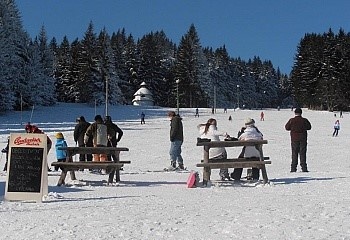
Javorník Ski Resort
The Javorník Ski Resort lies at a straight-line distance of 33 km from the Municipality of Skočice. The Ski Resort lies in the Municipality of Javorník in Šumava, not far from Kašperské Hory. The winter sports fans can look forward to two well-made pistes at Javorník. The first is the 425 m long Tatrapoma piste, where smaller children with a height of up to 120 cm can also use the handy rope ski tow. For the older, but less skilful, a straight tow is ready. The second skiing option is the Piste Pod kapličkou. Even here, a children’s tow is ready. Moreover, it is also possible to enjoy the popular night skiing on both tracks.
